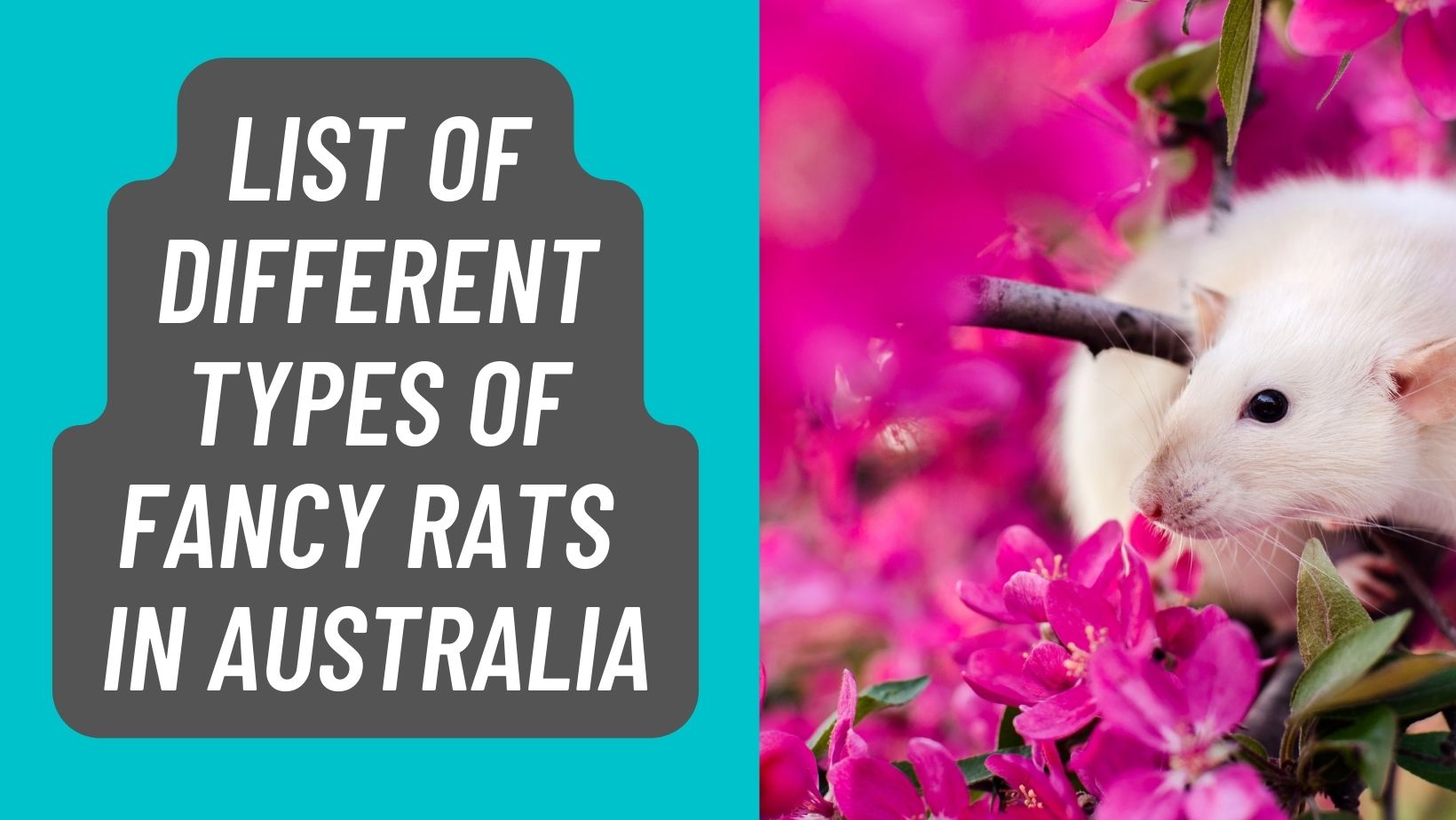There are many “types” of fancy rats – different colours, different coat types, even rats with different ears, no hair, or tailless rats. Because our laws do not allow rats to be brought into Australia, some of these types are found only overseas.
Australia has developed a unique type of fancy rat, known as the “Downunder” rat. Although we cannot import rats, we can export them, so Downunder rats are now found throughout the world, including the USA, UK and parts of Europe.
Currently, breeders across Australia are working to introduce new colours and coat types. the Downunder rat has only been around for a few years. Blazed, blue and blue agouti rats did not exist in Australia until early this year when they were discovered in Queensland. Dalmation and rexed rats are still “in the pipeline”.
Dumbo rats (rats with large ears, set low on the head) come from mutations, and will probably never turn up in Australia unless the import laws are changed.
Other colours such as Chocolate, Siamese, Himalayan, Platinum, Chocolate, Husky and Pearl are all available in other countries, but not in Australia. While most Australian breeders would love to breed these colours, there are devastating diseases in the UK and USA that may be introduced if these new colours were ever to come to Australia.
Types of Fancy Rats with Pictures
Below is a list of the colours and coat types found in Australia at the moment. Some of these colours are shown in the photographs at left – they are highlighted in yellow.
Solid colours | Description |
| Mink | Soft grey. |
| Black | Jet black. |
| Pink-eyed white | Pure white, with pink eyes. Often mistaken for albino. |
| Champagne | Soft cream/off white. |
| Dove | Very pale grey. |
| Blue | Soft pale blue. |
| Powder blue | Pale brown/blue. |
Flecked colours |  |
| Agouti | Flecked brown (“wild” colouring). Mixture of brown, black, red |
| Cinnamon | Agouti with more red throughout the coat |
| Blue agouti | Agouti with distinct blue colouring |
| Argente | Tan/orange agouti with grey undercoat |
| Fawn | Orange agouti with cream undercoat |
| Silvered | Any of the above colours, with silver tipping on hairs |
 | |
Markings | |
| Self | Coat is all one colour, no white markings |
| Hooded | Body white, head, shoulders and stripe down spine coloured |
| Bareback | Like hooded but with no stripe |
| Variegated | Like hooded but with spots rather than a solid stripe |
| Dalmation | Like hooded but with spotting over most of body |
| Berkshire | Solid colour, white belly |
| Irish | Solid colour, white triangle on chest |
| Blazed | White stripe along nose, to between the ears |
| Downunder (DU) | Like hooded but with stripe on belly also (hence “downunder”) |
| DU Berkshire | Solid colour, with stripe down either side of belly |
| DU Spotted | Like DU, but with spots rather than back and belly stripes |
Coat types | |
| Normal | Straight coat |
| Rexed | Curly coat & whiskers |
| Satin | Extra long guard hairs, extremely soft and silky coat |
| Hairless | No hair |




